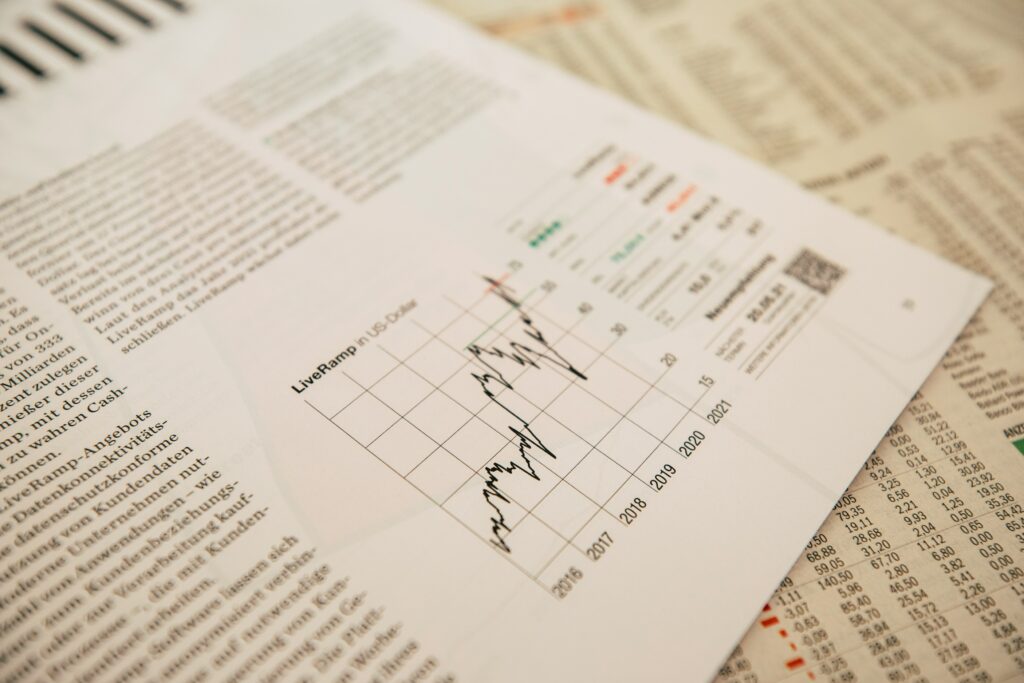Introduction: The Ripple Effect of Global Turbulence
From war zones to weather patterns, the global economy has taken hit after hit in the past two years. The conflict in Ukraine dragged energy markets into chaos. Pandemic recovery ran face-first into snarled supply chains. Inflation surged. Central banks scrambled. Then came tech layoffs, rising interest rates, and geopolitical uncertainty elsewhere—from Taiwan to the Red Sea. The result: a landscape that’s unstable, reactive, and still shifting under our feet.
These developments aren’t just background noise. For consumers, it means higher costs at the grocery store and more volatility in housing and savings. For businesses, it’s a pressure test: build resilience fast or risk collapse. Policymakers, meantime, have to balance short-term damage control with long-term vision. The stakes are high for everyone.
Zoom out and the message is clear—old models are breaking. Globalization, just-in-time inventories, cheap credit—they all look a little less bulletproof now. As we move forward, the focus is shifting toward redundancy, stability, and adaptability. The coming years won’t be about getting “back to normal.” They’ll be about learning to operate well in a world where the ground keeps moving.
Supply Chains Under Pressure
The past few years have exposed just how brittle global supply chains really are. Geopolitical tensions—from trade wars to outright conflict—have created bottlenecks that couldn’t be untangled overnight. Add lingering pandemic effects like factory shutdowns and labor shortages, and the result has been wide-scale disruption to the flow of goods the world once took for granted.
Semiconductors, food, raw materials—it’s all been hit. Whether it’s a missing microchip stalling car production or a grain shipment stuck at a closed port, the vulnerabilities are everywhere. Suddenly, efficiency took a backseat to resilience. And businesses, finally, are changing course.
Now, instead of relying on a single supplier halfway around the globe, companies are rethinking everything. That means building redundancy into supply lines, boosting local production, and in some sectors, reshoring entire operations. It’s slower, more expensive—but in the new normal, it’s a strategic necessity.
Energy Markets and Inflation
Energy is the backbone of everything—powering factories, moving goods, heating homes. So when global energy markets get rattled, the effects spread fast. Recent disruptions have pushed fuel prices up significantly, and when fuel gets expensive, so does everything else. Transport costs climb. Manufacturing delays stack up. Even food prices feel the squeeze, from shipping to storage.
This ripple effect hits businesses and consumers alike. Companies either absorb the cost or pass it on. Either way, margins get tighter. And while some industries can pivot or hedge, most can’t dodge the fallout entirely.
Is this a temporary bump or something more permanent? Economists are split. Some see a plateau ahead as supply chains stabilize. Others warn of structural inflation driven by long-term energy policy, climate commitments, and geopolitical shifts. Either way, the message is clear: volatility in the energy sector doesn’t stay put—it leaks into everything you buy.
Inflation isn’t just a number—it’s a signal. And right now, it’s telling us that the world’s energy decisions are reshaping daily life, from the price at the pump to the cost of your next meal.
Labor Market Shakeups
The workforce didn’t return to ‘normal.’ It reinvented itself. Remote work, once a temporary pivot, is now baked into company structures. People aren’t just clocking in from home—they’re taking a harder look at what work should mean. This mindset shift helped drive the wave of resignations post-pandemic. Workers demanded more flexibility, better pay, and work that aligns with their values.
The result? A rebalancing act across industries. Hospitality, retail, and manufacturing took big hits—sectors reliant on in-person labor struggled to refill roles. Meanwhile, tech (despite some headline layoffs), logistics, healthcare, and content creation platforms saw upward trends, pulled by both demand and the push toward digital services.
This shift hasn’t come cheap for employers. Wage inflation is real. To attract and keep talent, companies are raising pay, improving benefits, and rethinking job design. The pressure is highest in competitive hiring markets and for roles requiring specialized skills. Employers who adapt fast—and genuinely—stand a better chance of staying ahead. Those that don’t are finding themselves understaffed, overextended, and falling behind.
Governments Respond: Policy, Relief, and Regulation
In response to the economic blowback of recent global events, governments have leaned hard into fiscal levers. Massive stimulus packages helped cushion the initial shock, while central banks worked overtime adjusting interest rates to keep inflation within reach. Volatility in the bond markets? That’s just part of the new normal. Some countries opted to spend their way out; others pulled back, cautious about debt loads. Either way, public spending became both a life raft and a tightrope.
Taxation is being retooled, quietly but steadily. Many economies are shifting the burden toward digital and wealth-focused taxes, looking to plug budget shortfalls without killing growth. Economic modeling has also evolved—linear forecasts are out; dynamic, scenario-based planning is in. Governments can no longer afford single-track assumptions.
One standout shift: climate is no longer just a sideline issue. Whether motivated by public pressure or long-term economic logic, environmental policy has made its way to the main table. From green subsidies to emissions caps, more governments are using policy as a tool to reshape the future economy—fast.
Explore more: Environmental Policies – How They’re Changing the World
Business Strategy in a New Era
Industries aren’t waiting around for stability—they’re adjusting on the fly. In tech, companies are trimming headcounts but doubling down on AI and automation. Retail brands are scaling back expansion plans while going all-in on digital, data, and customer experience. In construction, there’s been a pivot toward modular and prefabricated methods to cut costs and reduce scheduling chaos. Across sectors, it’s less about pause and more about pivot.
The tension is real: companies are forced to cut budgets while still needing to invest in innovation to survive the next five years. This is leading to a focus on high-leverage tools—investments that reduce long-term overhead or open up new revenue streams with minimal risk. Think cloud infrastructure, AI-assisted R&D, and streamlining manual workflows.
At the same time, risk management is taking center stage. Scenario planning used to be a once-a-year exercise; now it’s quarterly, even monthly. Contingency budgets, diversified suppliers, and geo-flexible operations are becoming standard. The playbook is changing fast—and the winners will be the ones who move smarter, not just faster.
What This Means for the Average Citizen
The cost of simply existing has gone up. Fast. Groceries that once ate up $80 a week now cost closer to $120. Rent in major cities has surged beyond reason, and home ownership feels more like a luxury than a goal. Healthcare premiums climb steadily even as coverage shrinks. Meanwhile, education costs haven’t cut anyone a break—student debt remains a stubborn shadow for younger generations. And jobs? There are plenty, but wage growth hasn’t always kept pace with inflation, especially in service and entry-level sectors.
This squeeze has pushed people to find workarounds. Financial vloggers and budget-conscious influencers have seen rising audiences as more people tune in to money-saving hacks, side hustle guides, and real-talk about shrinking paychecks. The trend now isn’t just about saving harder—it’s about spending smarter: bulk buying, minimalism, secondhand everything, and diversified income streams.
Survival in 2024 means adapting. It means knowing where your money goes, developing skills that bring in multiple income sources, and taking seriously the need to future-proof your financial life.
The bottom line? The pressure is real, and it shows no signs of letting up. But people aren’t sitting still. They’re recalibrating, quickly.
Looking Ahead
Economists aren’t betting on any one direction—because 2024 isn’t offering a tidy forecast. Instead, they’re watching how inflation cools (or doesn’t), what central banks do next, and how global trade routes hold up under political tension. The real story isn’t about a quick recovery. It’s about whether the old economic playbook still has legs.
Some signs point toward a slow, uneven rebound. Other trends—like persistent labor shortages, higher debt burdens, and climate-driven supply risks—suggest we’re entering a different kind of normal altogether. One where instability becomes a baked-in part of strategy rather than an exception.
The bottom line? This isn’t just another downturn to ride out. It’s a broader reassessment of how economies function, how people work and spend, and how nations prepare for what’s next. Recovery may come—but it won’t bring us back to where we started. And that, experts say, may be exactly the point.


